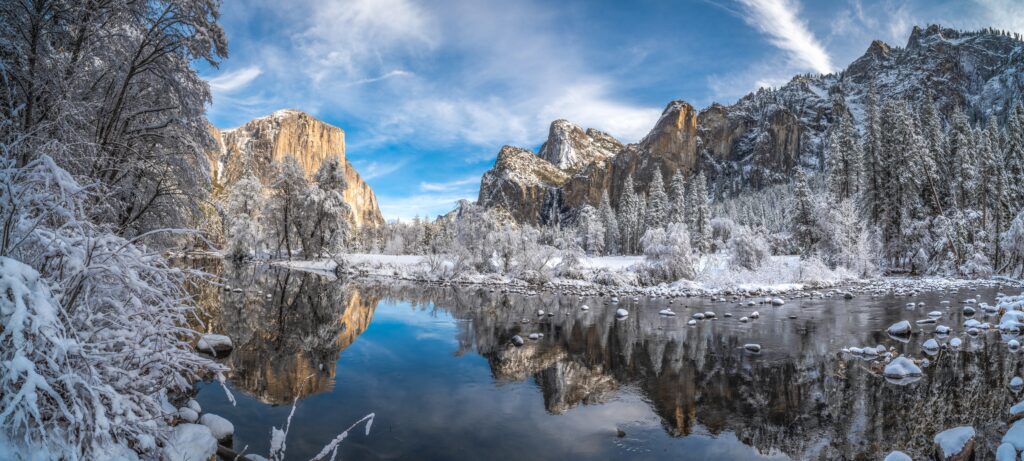Langue de Barbarie National Park, located on the northern coast of Senegal, is a stunning example of biodiversity and ecological significance. Established in 1976, this national park is a unique blend of marine and terrestrial ecosystems, making it a crucial habitat for numerous species, especially birds. This blog post will delve into the park’s geography, biodiversity, conservation efforts, activities for visitors, and its cultural significance, highlighting why it is a must-visit destination for nature lovers and eco-tourists alike.
Geographic Overview
Langue de Barbarie National Park is situated at the mouth of the Senegal River, where it meets the Atlantic Ocean. Spanning approximately 20,000 hectares, the park features a long, sandy spit that separates the river from the ocean. This unique geographical setting has created a variety of ecosystems, including beaches, mangroves, dunes, and lagoons, each supporting diverse forms of life.
The park’s name, which translates to “Tongue of Barbary,” is derived from its geographical shape and possibly its historical connections to North African trade routes. The park’s proximity to the city of Saint-Louis, a UNESCO World Heritage site, adds to its accessibility and importance as a natural refuge.
Biodiversity
Flora
The park is home to a diverse range of flora, with significant plant species including mangroves, which provide essential habitat for wildlife, and various grasses that thrive in the sandy soil. The mangrove forests play a vital role in protecting the coastline from erosion and serve as nurseries for many marine species.
Fauna
Langue de Barbarie is particularly famous for its avian population. It is recognized as an important bird area (IBA) by BirdLife International, attracting birdwatchers from around the globe. The park is home to over 200 species of birds, including the elegant pink flamingo, the striking African spoonbill, and various herons and egrets. Migratory species flock here during the wet season, making it a crucial stopover point on their migratory routes.
In addition to birds, the park supports various other wildlife, including reptiles, amphibians, and mammals. The coastal waters are rich in marine life, including fish, crustaceans, and mollusks, making it an essential fishing ground for local communities.
Conservation Efforts
Langue de Barbarie National Park faces several challenges, including habitat degradation, pollution, and the impact of climate change. In response, various conservation efforts have been implemented to protect the park’s unique ecosystems.
Community Involvement
Local communities play a crucial role in conservation efforts. Engaging local populations in sustainable fishing practices and eco-tourism initiatives helps to foster a sense of stewardship over the park’s natural resources. Educational programs and workshops aim to raise awareness about the importance of biodiversity and the need for conservation.
Partnerships and Research
Collaboration between government bodies, NGOs, and international organizations is vital for effective conservation strategies. Research initiatives focus on monitoring bird populations, assessing the health of marine ecosystems, and studying the impacts of climate change. These efforts are crucial for developing informed policies that balance ecological preservation with the needs of local communities.
Activities for Visitors
Langue de Barbarie National Park offers a variety of activities for nature enthusiasts and eco-tourists. Here are some popular ways to explore the park:
Birdwatching
With its rich avian diversity, Langue de Barbarie is a paradise for birdwatchers. Whether you’re an experienced ornithologist or a casual observer, you’ll have the chance to spot a wide range of species. Guided birdwatching tours are available, providing expert insights into the various species and their habitats.
Boat Tours
Exploring the park by boat offers a unique perspective on its ecosystems. Tours often navigate through the mangroves and lagoons, allowing visitors to observe wildlife up close. This serene experience is not only visually stunning but also provides an opportunity to learn about the importance of these habitats.
Hiking and Nature Walks
For those who prefer to explore on foot, hiking trails meander through the park’s diverse landscapes. These walks allow visitors to appreciate the beauty of the flora and fauna while enjoying the tranquility of nature.
Fishing
The coastal waters around Langue de Barbarie are rich in marine life, making fishing a popular activity. Local fishermen offer guided fishing trips, where visitors can experience traditional fishing methods and enjoy the thrill of catching local fish species.
Cultural Experiences
The nearby city of Saint-Louis is steeped in history and culture, offering visitors a chance to explore colonial architecture, vibrant markets, and local cuisine. Many eco-tourism packages combine visits to the national park with cultural experiences, providing a holistic view of the region’s heritage.
Cultural Significance
Langue de Barbarie National Park is not just a natural wonder; it is also deeply intertwined with the cultural heritage of Senegal. The park and its surroundings have been home to various ethnic groups, including the Wolof and Serer, who have relied on the region’s resources for generations.
Traditional Fishing Practices
The coastal communities practice traditional fishing methods, which are sustainable and have been passed down through generations. These practices are not only vital for the local economy but also play a role in preserving the marine ecosystem.
Festivals and Celebrations
Local festivals often celebrate the natural bounty of the region, highlighting the relationship between the community and the environment. These events provide a platform for cultural exchange and foster a deeper understanding of the importance of conservation.
Conclusion
Langue de Barbarie National Park is a remarkable destination that showcases the beauty and diversity of Senegal’s natural heritage. Its unique ecosystems, rich biodiversity, and cultural significance make it an essential site for conservation and eco-tourism. By visiting the park, travelers not only experience the breathtaking landscapes and wildlife but also contribute to the ongoing efforts to protect this vital environment for future generations.
Whether you are a birdwatcher, a nature enthusiast, or someone interested in local cultures, Langue de Barbarie offers a wealth of experiences that will leave a lasting impression. As you explore the park, you will gain a deeper appreciation for the delicate balance between nature and human activity, understanding the importance of preserving such natural treasures in our rapidly changing world.
